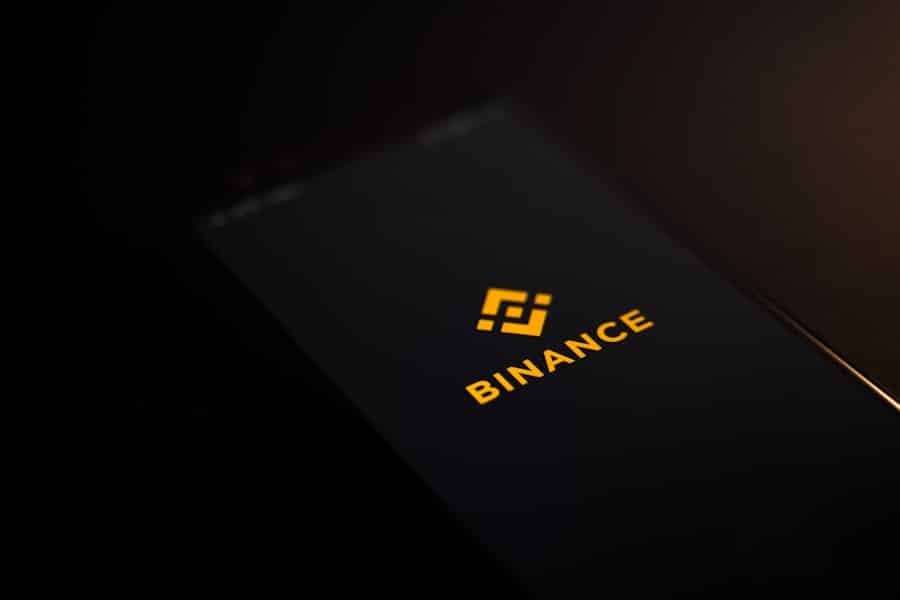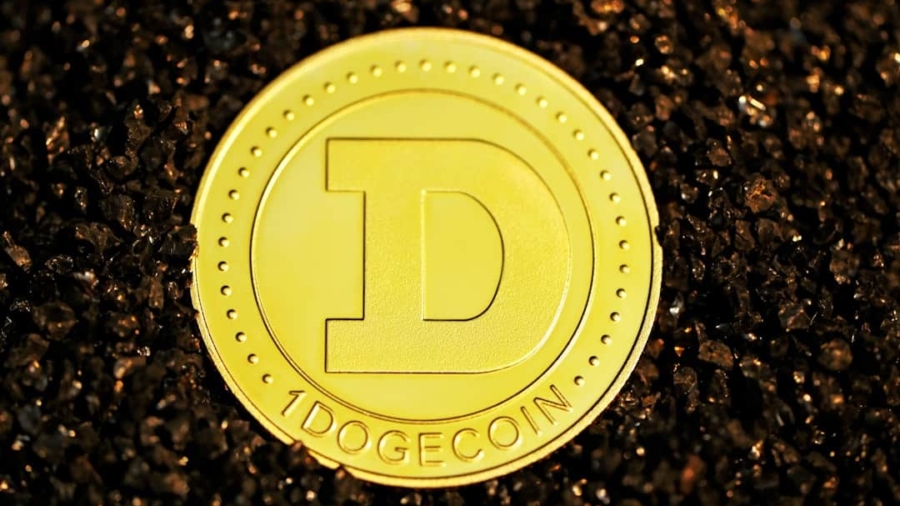Decentralized Finance, commonly referred to as DeFi, represents a transformative approach to financial services that leverages blockchain technology to create an open and permissionless financial ecosystem. Unlike traditional finance, which relies on centralized institutions such as banks and brokers, DeFi operates on decentralized networks, primarily built on Ethereum and other blockchain platforms. This paradigm shift allows for the creation of financial products and services that are accessible to anyone with an internet connection, eliminating the barriers imposed by traditional financial systems.
At its core, DeFi encompasses a wide range of applications, including lending and borrowing platforms, decentralized exchanges (DEXs), yield farming, and stablecoins. These applications utilize smart contracts—self-executing contracts with the terms of the agreement directly written into code—to automate processes and ensure transparency. By removing intermediaries, DeFi not only reduces costs but also enhances efficiency, enabling users to engage in financial transactions without the need for a trusted third party.
This democratization of finance has the potential to empower individuals globally, particularly those who have been historically underserved by conventional banking systems.
Key Takeaways
- Decentralized Finance (DeFi) refers to the use of blockchain technology and smart contracts to provide financial services without the need for traditional intermediaries.
- Traditional banks often have high fees, slow transaction times, and limited accessibility, making them less favorable for many individuals and businesses.
- The rise of DeFi has been fueled by the desire for more accessible, efficient, and transparent financial services, leading to the development of various decentralized platforms and applications.
- DeFi is revolutionizing the financial industry by offering a wide range of services such as lending, borrowing, trading, and asset management in a more efficient and cost-effective manner.
- Using decentralized finance over traditional banks can provide benefits such as lower fees, faster transactions, global accessibility, and greater financial control for individuals and businesses.
The shortcomings of traditional banks
Traditional banks have long been the cornerstone of the financial system, providing essential services such as savings accounts, loans, and payment processing. However, they are not without their shortcomings.
Many individuals in developing countries or rural areas find it challenging to access banking services due to geographical limitations or stringent requirements for account opening. This exclusion leaves millions without the ability to save, invest, or borrow money, perpetuating cycles of poverty and limiting economic growth. Moreover, traditional banks often impose high fees for various services, including account maintenance, wire transfers, and foreign exchange transactions.
These costs can be prohibitive for low-income individuals and small businesses, further entrenching financial inequality. Additionally, the bureaucratic nature of banks can lead to slow transaction times and cumbersome processes. For instance, transferring money internationally can take several days and incur significant fees, while DeFi platforms can facilitate near-instantaneous transactions at a fraction of the cost.
The reliance on centralized systems also raises concerns about security and privacy; data breaches and fraud are persistent threats that can compromise sensitive financial information.
The rise of decentralized finance

The rise of decentralized finance can be traced back to the advent of blockchain technology and cryptocurrencies. Bitcoin’s introduction in 2009 marked the beginning of a new era in finance, but it was Ethereum’s launch in 2015 that truly catalyzed the DeFi movement. Ethereum’s smart contract functionality enabled developers to create complex financial applications that operate autonomously on the blockchain.
As a result, a plethora of DeFi projects emerged, each aiming to address specific financial needs while promoting transparency and inclusivity. The DeFi ecosystem has grown exponentially over the past few years, with billions of dollars locked in various protocols. This growth can be attributed to several factors, including increased awareness of cryptocurrency among the general public, the desire for greater financial autonomy, and the potential for higher returns compared to traditional savings accounts.
Additionally, the COVID-19 pandemic accelerated digital transformation across industries, prompting many individuals to explore alternative financial solutions as they sought to manage their finances remotely. The combination of these factors has led to a surge in interest and investment in DeFi projects.
How DeFi is revolutionizing the financial industry
DeFi is revolutionizing the financial industry by fundamentally altering how individuals interact with money and financial services. One of the most notable changes is the shift towards peer-to-peer transactions. In traditional finance, intermediaries such as banks facilitate transactions between parties; however, DeFi allows users to transact directly with one another through decentralized protocols.
This not only reduces costs but also enhances privacy and security since users retain control over their funds without relying on third-party custodians. Furthermore, DeFi introduces innovative financial instruments that were previously unavailable or limited in traditional finance. For example, yield farming enables users to earn interest on their cryptocurrency holdings by providing liquidity to decentralized exchanges or lending platforms.
This practice has attracted significant capital into the DeFi space as investors seek higher yields than those offered by traditional savings accounts or bonds. Additionally, synthetic assets allow users to gain exposure to real-world assets like stocks or commodities without actually owning them, further diversifying investment opportunities.
Benefits of using decentralized finance over traditional banks
The benefits of using decentralized finance over traditional banks are manifold and cater to a diverse range of users.
This inclusivity is particularly beneficial for unbanked populations who may lack access to traditional banking services due to geographical or socio-economic barriers.
Another significant benefit is the potential for higher returns on investments. DeFi platforms often offer competitive interest rates for lending and staking compared to traditional banks. For instance, while a savings account at a conventional bank might yield an annual percentage rate (APR) of 0.01%, some DeFi lending protocols can provide rates exceeding 10% or more.
This disparity has attracted many investors looking for ways to grow their wealth more effectively. Moreover, DeFi promotes transparency through its open-source nature. Users can audit smart contracts and verify transactions on the blockchain, fostering trust in the system.
In contrast, traditional banks operate with opaque processes that can lead to mistrust among customers. Additionally, DeFi platforms typically have lower fees than traditional banks due to their automated nature and lack of intermediaries. This cost-effectiveness makes DeFi an appealing option for individuals and businesses alike.
The potential risks and challenges of decentralized finance

Despite its numerous advantages, decentralized finance is not without its risks and challenges. One of the most pressing concerns is security; while blockchain technology is inherently secure, vulnerabilities can exist within smart contracts themselves. Bugs or exploits in code can lead to significant financial losses for users if funds are stolen or locked due to unforeseen issues.
High-profile hacks have already occurred in the DeFi space, underscoring the importance of thorough audits and security measures. Another challenge is regulatory uncertainty. As DeFi continues to grow, governments around the world are grappling with how to regulate this new financial landscape.
The lack of clear regulations can create confusion for users and developers alike, potentially stifling innovation or leading to unintended consequences. Additionally, regulatory scrutiny may increase as authorities seek to prevent illicit activities such as money laundering or fraud within decentralized platforms. Furthermore, the volatility inherent in cryptocurrencies poses a risk for users engaging with DeFi protocols.
Prices can fluctuate dramatically within short periods, impacting collateralized loans or investments significantly. Users must be aware of these risks and exercise caution when participating in DeFi activities.
The future of decentralized finance and its impact on traditional banks
The future of decentralized finance appears promising as it continues to gain traction among users seeking alternatives to traditional banking systems. As more individuals become aware of DeFi’s benefits and engage with its offerings, it is likely that we will see increased integration between DeFi platforms and traditional financial institutions. Some banks are already exploring partnerships with DeFi projects or developing their own blockchain-based solutions to remain competitive in an evolving landscape.
This integration could lead to a hybrid model where traditional banks adopt certain aspects of DeFi while maintaining their core services. For instance, banks might leverage blockchain technology for faster cross-border payments or utilize smart contracts for automating loan agreements. Such collaborations could enhance efficiency while providing customers with more options for managing their finances.
However, this evolution may also pose challenges for traditional banks as they adapt to a landscape where consumers demand greater transparency and lower fees. Banks will need to innovate continuously to retain customers who may be drawn to the benefits offered by DeFi platforms. As competition intensifies between traditional finance and decentralized alternatives, we may witness a fundamental shift in how financial services are delivered.
How individuals and businesses can start using decentralized finance
For individuals and businesses looking to explore decentralized finance, getting started requires a basic understanding of cryptocurrencies and blockchain technology. The first step is typically acquiring cryptocurrency through exchanges such as Coinbase or Binance. Once users have obtained digital assets like Ethereum or stablecoins like USDC or DAI, they can begin interacting with various DeFi platforms.
Users should familiarize themselves with popular DeFi applications such as Uniswap for trading tokens or Aave for lending and borrowing assets. Most platforms require users to connect a cryptocurrency wallet like MetaMask or Trust Wallet to facilitate transactions securely. It is essential for users to conduct thorough research before engaging with any platform; understanding how protocols work and assessing their security measures can help mitigate risks.
For businesses, integrating DeFi solutions can enhance operational efficiency and provide new revenue streams. Companies can explore options like accepting cryptocurrency payments or utilizing decentralized lending platforms for financing needs. As more businesses recognize the potential benefits of DeFi, we may see increased adoption across various industries.
In conclusion, decentralized finance represents a significant shift in how individuals and businesses interact with financial services. By leveraging blockchain technology and smart contracts, DeFi offers greater accessibility, transparency, and efficiency compared to traditional banking systems while also presenting unique challenges that must be navigated carefully.
In the rapidly evolving landscape of financial technology, the potential for decentralized finance (DeFi) to replace traditional banking systems is a topic of significant interest. As DeFi continues to gain traction, it challenges the conventional banking model by offering more accessible, transparent, and efficient financial services. A related article that delves into the broader implications of technological advancements in finance is available on TechRepublic, which helps IT decision-makers identify emerging technologies that could reshape industries. For more insights, you can read the article by following this link: TechRepublic Helps IT Decision Makers Identify Technologies. This resource provides valuable context on how technological innovations, like DeFi, are poised to transform traditional sectors.
FAQs
What is decentralized finance (DeFi)?
Decentralized finance (DeFi) refers to the use of blockchain technology and cryptocurrencies to recreate traditional financial systems such as banking, lending, and trading in a decentralized manner, without the need for intermediaries like banks.
How does decentralized finance work?
DeFi platforms use smart contracts and decentralized applications (dApps) to enable peer-to-peer transactions, lending, borrowing, and trading of digital assets. These platforms operate on a blockchain, allowing for transparency, security, and accessibility.
What are the advantages of decentralized finance over traditional banks?
Some advantages of DeFi over traditional banks include lower fees, faster transactions, greater accessibility, increased transparency, and the ability to bypass intermediaries. DeFi also allows for global access to financial services without the need for a traditional bank account.
What are the potential risks of decentralized finance?
Risks associated with DeFi include smart contract vulnerabilities, regulatory uncertainty, potential for hacks and security breaches, and the lack of consumer protections typically provided by traditional banks. Additionally, the volatility of cryptocurrencies used in DeFi can pose financial risks.
Could decentralized finance replace traditional banks?
While it is possible for DeFi to disrupt traditional banking systems, it is unlikely to completely replace them in the near future. However, DeFi has the potential to offer alternative financial services and solutions that could complement and challenge traditional banking models.

